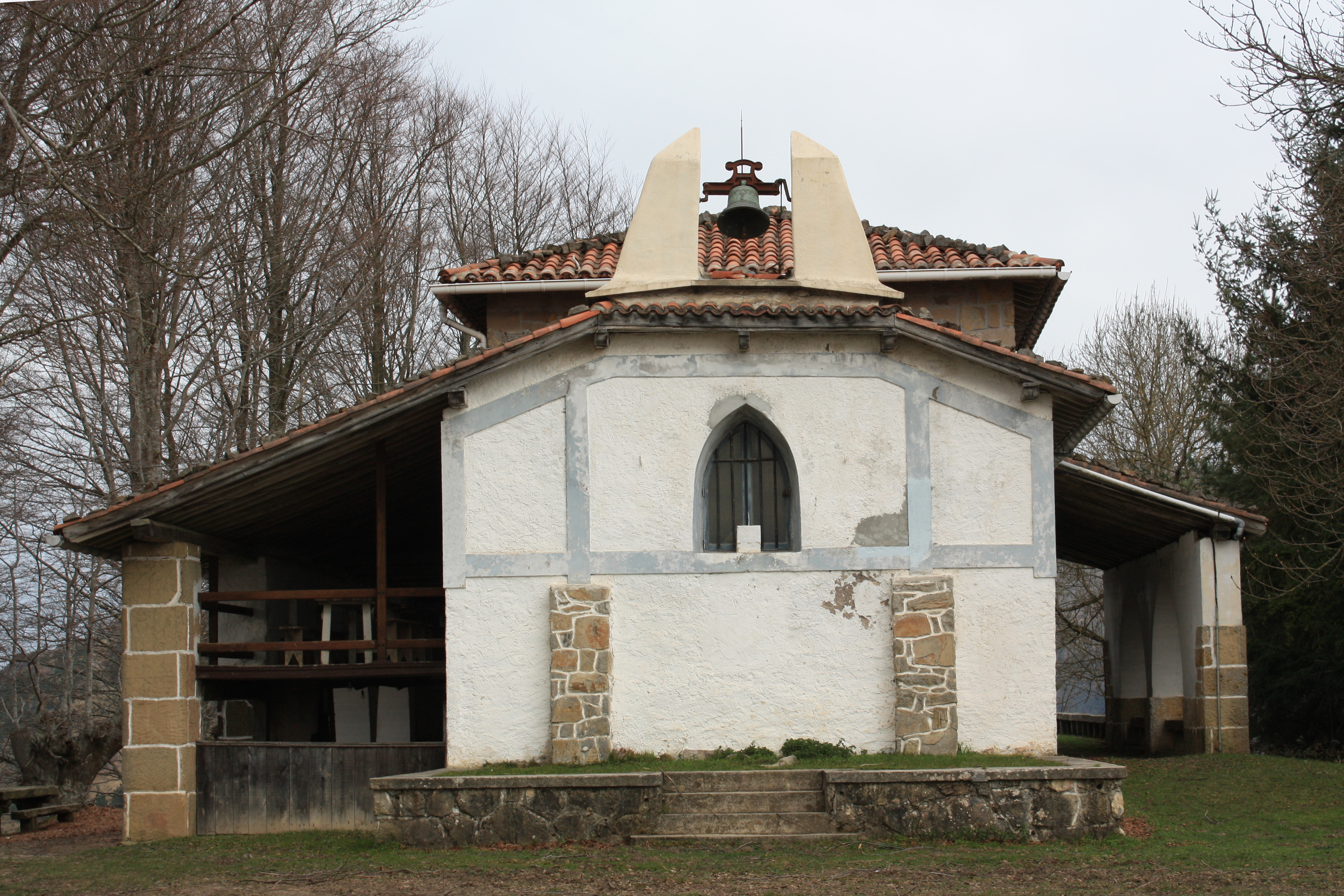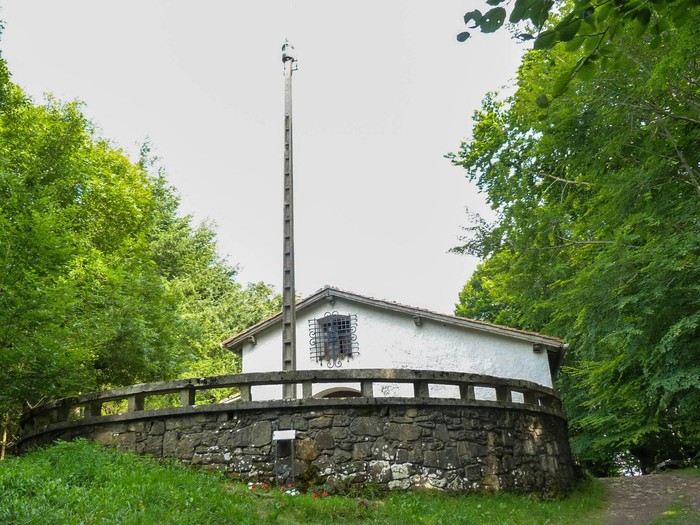Basque ethnography at a glance

Hermitage of Our Lady of Kizkitza. José Zufiaurre.
The hermitage of Our Lady of Kizkitza stands on a promontory between the village of Itsaso (Gipuzkoa) and the mountain pass of Mandubia. The image of the Virgin is placed on a fishing vessel at the main altar. It seems odd at first glance, but she is there for a reason.
Boats and ships for fishing were built in shipyards along the ports of our coastline supplied with timber from the ancient, majestic beech woods dominating these slopes. Well aware of it, local fishers were ardent devotees of Our Lady of Kizkitza.
Moreover, on a clear day, the hermitage is visible from the sea between Orio and Zumaia, and fisherfolk have always professed great veneration for its Virgin. This is why they offered her the small fishing vessel that holds her image.
Not only that. Fishermen at sea liked to make their night pleas to the Virgin looking towards the hermitage, and so they knew where she was, at the beginning of the 1960s, they asked the parish priest of Itsaso to provide electricity to the hermitage and mount in front of it a light on a cement post, like the red light fishing ships have at the highest point of the mainmast, to shine towards the sea.

Light of Kizkitza. Photograph taken from wikiloc.com.
The hermitage had been ravaged by fire years before and the parish priest had by then initiated talks with peasant farmers to erect it again. He wrote to the Ministry of the Navy expressing the fishers’ desire, and the requested lantern for the lighthouse of Kizkitza was sent in reply from Tarifa. The hermitage was reconstructed, the image of the Virgin relocated and the works to fulfil the fishers’ wish undertaken.
In order to extend power to the hermitage, some farmers offered to fell a tree of their own and contribute the post, others volunteered to transport them in their carts, and others again helped drill holes into the ground for the posts. Working in community, electricity finally arrived at the site. The light was installed on top of a high pole and controlled from the village. However, it was not so for a long time.
Many mariners other than fishers navigated Cantabrian waters and were confused by the new light, for it did not show in nautical charts. More than one sea captain complained to the ministry, who directed it be turned off. Having to comply with the order, fishermen were left without the light of the Virgin of Kizkitza.
They did not sit on their hands, though. Initial arrangements at the ministry for the light to appear in the charts started soon after. Through reasoning and without respite, they finally succeeded in their objective. Back in the navigation charts as indicated by the competent authority, the seafaring lantern of Kizkitza is turned on again every night to the delight of fisherfolk.
José Zufiaurre – Etniker Gipuzkoa – Etniker Euskalerria Groups
Translated by Jaione Bilbao – Language Department – Labayru Fundazioa
Reference for further information: Antxon Aguirre & Koldo Lizarralde. Ermitas de Gipuzkoa. Ataun, 2000.

